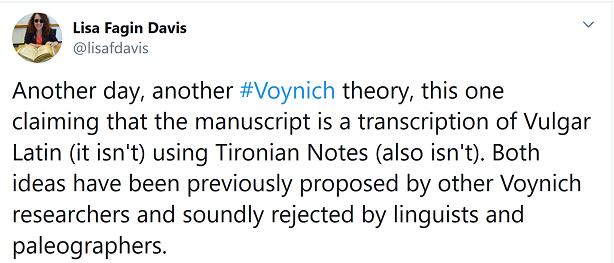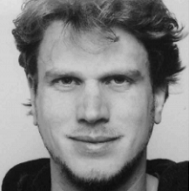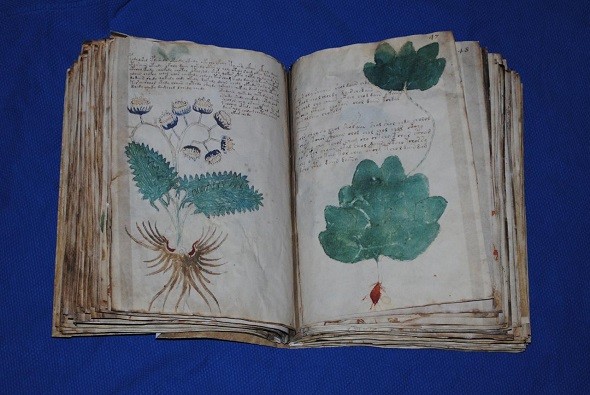The Voynich manuscript was covered in the latest episode of the German documentary TV series “Terra X”.
Since 1982, the TV series Terra X, aired by the Zweites Deutsches Fernsehen (ZDF), has been one of the most popular documentary programs in Germany. Terra X started as a series about unsolved hostoric mysteries, but later also included other history and geography topics.
The Voynich manuscript in Terra X
Although there have been hundreds of Terra X episodes over the last four decades, to my knowledge the Voynich manuscript was never covered – though it is one of the most fascinating historic mysteries I know.
Yesterday, this finally changed. In a Terra X episode titled “Geheimnisvolle Botschaften” (“Secret messages”), among a few other stories, an 11-minutes report on the Voynich manuscript was featured. It was moderated by Harald Lesch, a professor known for his ability to explain scientific topics to a non-expert audience.
The Terra X episode containing the Voynich manuscript report is available on the ZDF website. I’m afraid this video will be deleted after two weeks or so, but I hope somebody will upload it to YouTube. The Voynich manuscript part starts at 17:38 and lasts until 28:18.
The report starts with Harald Lesch explaining a few well-known facts about the manuscript. After this introduction, it focusses on the theory that Nostradamus was the author of the mysterious book. Nostradamus is only one out of very many candidates who might have created the Voynich manuscript and he is by far not the most likely one, but apparently the creators of the report wanted to present something spectacular and the time slot of 11 minutes was too short for a detailed analysis anyway.
The only expert quoted in the report was US medievist Lisa Fagin Davis. I heared from her for the first time last year when she rejected a recently published Voynich theoriy via Twitter.

Source: Twitter
Davis is certainly not the most prominent Voynich expert, but I’m sure she is competent. I assume she was chosen because the original of the report was produced in the USA and the creators were looking for a US expert thry could interview. My friend Richard Santa-Coloma would certainly have been a good choice, too.
An interview with Jürgen Hermes
If you’re looking for a more detailed treatise of the Voynich manuscript and if you understand German, I recommend a podcast interview given by German linguist and Voynich manuscript expert Jürgen Hermes.

Source: Hermes
The interview, which lasts over two hours, is available on Zeitsprung, a history podcast and blog hosted by Richard Hemmer and Daniel Meßner. Thanks to Michael Poitner, Ralf Bülow and Ralf Stamm for making me aware of it.
Follow @KlausSchmeh
Further reading: René Zandbergen’s views about the Voynich manuscript
Linkedin: https://www.linkedin.com/groups/13501820
Facebook: https://www.facebook.com/groups/763282653806483/



Kommentare (6)